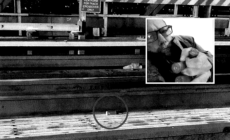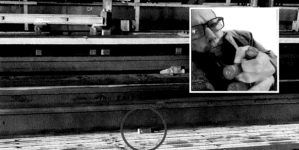-
Kohl’s Shares Skyrocket Despite Company’s Struggles - 11 mins ago
-
David Geffen accused of abusing husband in shocking lawsuit - 17 mins ago
-
Louis Vuitton Netherlands Entangled in Money-Laundering Case - 41 mins ago
-
Long Island Man Threw IED Onto New York Subway Tracks: Prosecutors - 46 mins ago
-
Latino tenants sued their landlord. A lawyer told them they would be ‘picked up by ICE.’ - 58 mins ago
-
Who Is Desiree Leigh Grace? DOJ Fires Alina Habba’s Replacement - about 1 hour ago
-
As Trump Quits UNESCO, China Expands Influence - about 1 hour ago
-
FDA panel on SSRI antidepressants in pregnancy raises alarms - 2 hours ago
-
Map Shows Most ‘Cultured’ Major Cities in US - 2 hours ago
-
Zelensky Faces Criticism in Ukraine Over Effort to Rein In Corruption Agencies - 2 hours ago
Another storm hits L.A., with more wet conditions next week

The heaviest of this week’s rain cycle is expected to hit Southern California on Thursday.
The National Weather Service expects 0.10 to 1 inch of rain Thursday and Friday.
After Friday, Southern California is expected to see a few days of dry weather before more rain returns on Monday. That storm system could bring light to moderate rain through Tuesday.
Another storm forecast to arrive the day after that and last through March 13 could potentially bring bands of heavier rain, but exact amounts aren’t yet certain.
Rain began Wednesday in what had been a dry winter.
Ahead of this week’s storm, downtown L.A. had received 5.58 inches of rain since the water year began Oct. 1. That is below the average for this point in the water season, 11.08 inches. The annual average is 14.25 inches.
Los Angeles County officials said Wednesday that they were prepared for rain to hit the burn zones. The Palisades and Eaton fire burn scars are of particular concern during rain events because of the risk of debris flows.
Peak rainfall rates could reach between a tenth of an inch and a third of an inch per hour, with rain rates in some areas reaching half an inch per hour. Experts say the risk of mud and debris sliding off burned hillsides rises once rain starts falling at a rate of half an inch per hour.
Source link


















